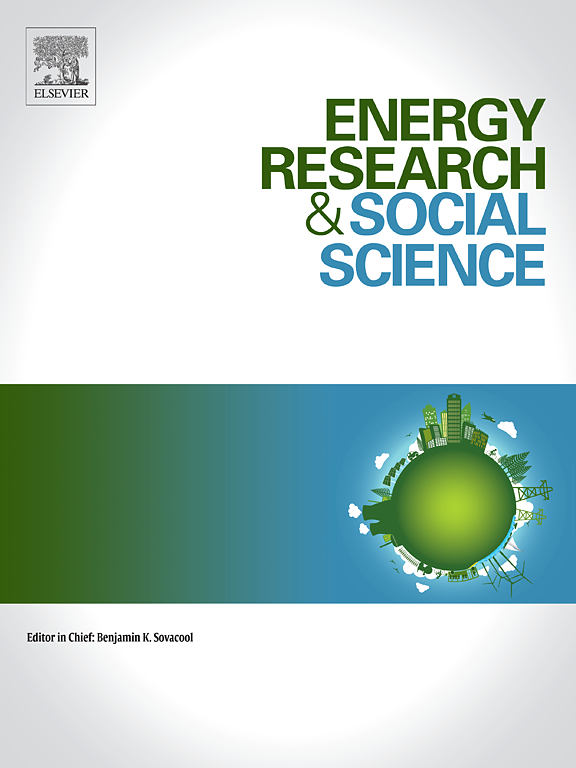The Red List Index (RLI) measures change in the aggregate extinction risk of species. It is a key indicator for tracking progress toward nine of the Aichi and many proposed post-2020 Global Biodiversity Framework Targets. Here, we consider two formulations of the RLI used for reporting biodiversity trends at national scales. Disaggregated global RLIs measure changing national contributions to global extinction risk and are currently based on five taxonomic groups, while national RLIs measure changing national extinction risk and are based on taxonomic groups assessed multiple times in country. For 74% of nations, the disaggregated global RLI is currently based on three or fewer taxonomic groups. Meanwhile, national RLIs from selected pilot countries Finland, South Africa, and Brazil are computed from twelve, eight, and nine taxonomic groups, respectively. The national RLI and the disaggregated global RLI measure different aspects of biodiversity, in that the former detects national trends in populations of species for which each country is responsible while the latter provides standardized comparisons of nations' contributions to the global extinction risk of the same species groups. As governments commit to the post-2020 Global Biodiversity Framework, we encourage them to monitor a standard set of taxonomic groups representing different biomes using both RLI formulations to ensure effective target tracking and accurate feedback on their conservation investments.
DOI:
https://doi.org/10.1111/csp2.12854
Puntuación Altmetric:
Dimensiones Recuento de citas:



















